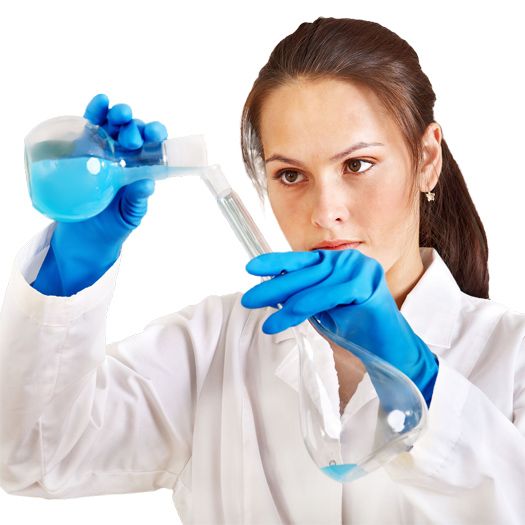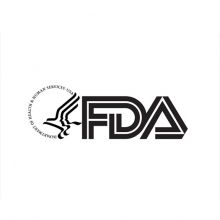Issues of developing new antibiotics
31.10.2019

Every year about 700,000 people worldwide die as a direct consequence of an infection due to multi-resistant pathogens. Even in Europe where medical standards are high, the death toll has risen from 25,000 to 33,000 over the last decade. The healing capability is likely to continue to deteriorate and antibiotic resistance will become an increasing threat.
Currently, only four of the top 25 pharma companies (revenue Q2/2019) are developing new antibiotics: GSK (GlaxoSmithKline, UK), Roche (Switzerland), MSD (Merck & Co, US) and Otsuka (Japan). Most of these companies have discontinued their antibiotic development programmes – including Novartis and Sanofi. Both stopped the research and development of antibiotics in the last 14 months. Even a representative from J&J (Johnson & Johnson, US), said on the German television broadcast “Tagesschau”, they have “no further antibiotics in development”.
This trend is likely due to a lack of financial rewarding and the correlated loss of innovation. The expected net value of new antibiotics is much lower compared to drugs for other indications. Subsequently, pharma companies only invest a fraction of their total budget into the research and development of antibiotics. For example, GSK has only invested $1 billion of $43 billion research funds into the development of new antibiotics in the last 10 years.
Furthermore, most antibiotics in use are generics. In Germany, for example, 97 percent of ambulant treated patients and 92 percent of stationary patients receive generic antibiotics. Therefore, there is little interest left in developing new antibiotics.
In numerical values, only 500 scientists worldwide and 50 academic institutions are engaged in the basic and pre-clinical research of antibiotics. In contrast, 800 scientists are engaged in cancer research in Germany alone, highlighting how little research there is into potential antibiotics at present.
Currently, 42 new antibiotics (small molecules) with the potential to cure serious bacterial infections are in clinical development. Only four of these new drug applications are submitted, 11 are in Phase III, 12 are in Phase II and 15 are in Phase I. The goal of the GARDP (Global Antibiotic Research and Development Partnership) is to develop five new antibiotics before 2025 – a highly ambitious goal when you consider a development time of about 12 years and a statistical approval rate of one out of five after human testing.
For antibiotics, a new sales system is needed which uncouples the profit from the application of the antibiotics. Governments need to offer incentives for the research and development of new antibiotics in the fight against multi-resistant pathogens. To counteract the current trend, it is important to fund and motivate talents to work in the field of new antibiotic development.
Source: europeanpharmaceuticalreview.com
Other news

